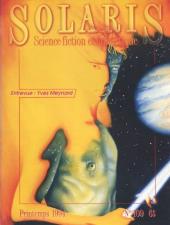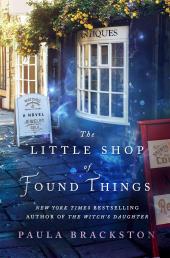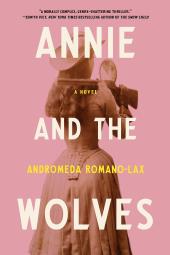Short Story
The Heat Wave
- by Marion Ryan and Robert Ord
- in Munsey’s Magazine, April 1929
Two stories, millennia apart, connected by office worker Paul Feron in a 20th-century New York heatwave and Roman gladiator Ferronius in a heatwave of his own. Time travel? Or a dream? —Michael Main
A dazzling streak of lightning, a mighty clap of thunder, and Paul Feron, suddenly awakened, sprang to his feet with white face and staring eyes. What had happened? God, what had happened?

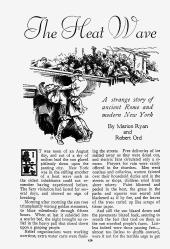

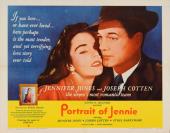
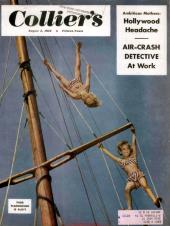
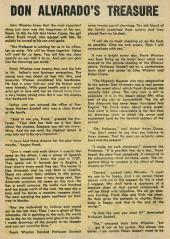
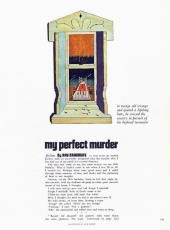
![Ray Bradbury Theater [s05e06]: The Utterly Perfect Murder A black-and-white overhead photo of a young boy playing a grand piano.](https://img.ittdb.com/000000/39/62S-39-000000.jpg)
